
EA FC 24 Team of the Week 1 Predictions, Release Date
EA FC 24 TOTW 1 predictions include Tariq Lamptey, Bernardo Silva, Terem Moffi, Xavi Simons, Robert Lewandowski, Richarlison and more.
2023-09-18 23:25
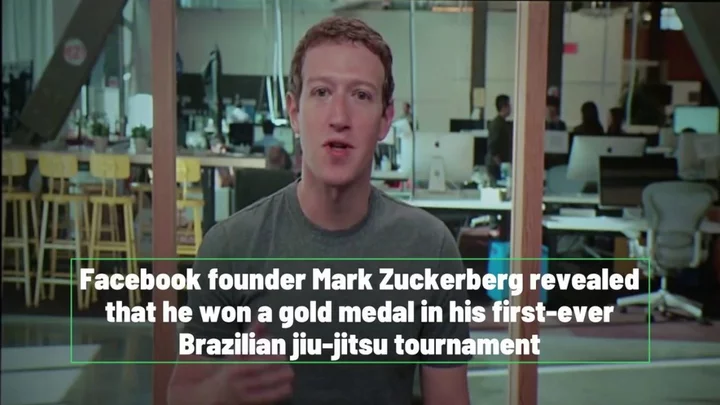
Elon Musk wants a 'cage fight' with Mark Zuckerberg
We could be about to see two of the biggest billionaire dweebs go head to head, after Elon Musk made it clear that he’s up for a cage fight with Mark Zuckerberg. It comes following speculation that Zuckerberg is going to release his own platform named "Threads", which sounds like a pretty similar concept to Twitter, and Musk doesn’t seem happy about it. In fact, he’s joked about taking the Meta founder on in a fight. Froothie founder Mario Nawfal posted about the new platform on Twitter, writing: “META, the same company that copied Snapchat, TikTok, StumbleUpon, Foursquare, BeReal, and Clubhouse, began coding ‘Project 92’ three months after Elon acquired Twitter…Rumors have been circulating about the app’s public name being Threads”. Sign up to our free Indy100 weekly newsletter Musk replied, commenting on Meta’s grip over the social media landscape, writing: “I’m sure Earth can’t wait to be exclusively under Zuck’s thumb with no other options. At least it will be ‘sane’. Was worried there for a moment.” Not finished there, he added: “I’m up for a cage match if he is lol.” In all fairness, Zuckerberg has shown that he’s no stranger to MMA fighting recently. He surprised people after turning up at a jiu-jitsu tournament, with footage appearing to show him looking a little unhappy with the result of his bout. The Meta CEO was spotted taking on a fellow competitor in Redwood City in California earlier this year and he was eventually pinned after a tussle in the ring. The referee stopped the fight and awarded it to his opponent after believing that Zuckerberg had 'tapped out', with the referee later clearing up exactly what happened. Have your say in our news democracy. Click the upvote icon at the top of the page to help raise this article through the indy100 rankings.
2023-06-21 18:49
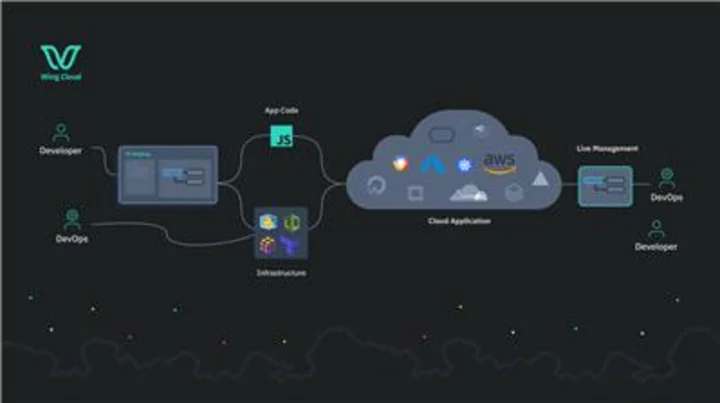
Wing Cloud Raises $20Million in Seed Funding to Build Winglang, A Unified Programming Language to Tame Cloud Complexity
NEW YORK--(BUSINESS WIRE)--Jul 18, 2023--
2023-07-18 21:28

Elon Musk shares bizarre Taylor Swift meme comparing her to ‘Napoleon Dynamite in drag’
Elon Musk has left his Twitter followers stumped with a bizarre comparison of Taylor Swift and Napoleon Dynamite. You'd think the tech mogul would have bigger things on his mind, but on Friday, it seemingly wandered elsewhere. Musk tweeted a picture of Swift and the awkward teen character, asking: "How do we know for sure they’re different people?" The caption above the photo collage of the two read: "When you realise Taylor Swift is actually Napoleon Dynamite." The tweet soon went viral across Twitter, with many flocking to the responses. "As both a Musk fan and a Taylor Swift fan, this is not the crossover I wanted," one person hit back, while another added: "Someone come get the owner of Twitter's phone, please. Now I can’t unsee it." Meanwhile, one person had enough and brutally wrote: "Elon pls go tend to ur baby DU-139X# before even coming on this shi**y app you wasted money on." Sign up for our free Indy100 weekly newsletter Now, this isn't the first time Musk has turned his attention to the 'Shake It Off' singer. In March, the Tesla founder complimented the star by saying her "limbic resonance skill is exceptional." Everyone was just as confused as each other, but it apparently means "a state of deep emotional and physiological connection between two people. The limbic system in the brain is the seat of emotions." He didn't stop there either. Under a series of photos from Swift's hotly-anticipated Eras Tour, Musk responded with a cigarette emoji which most people interpreted as him calling the singer smoking. When one Twitter user asked whether Musk and Swift would make a cute couple, he simply responded with a crying laughing face. Have your say in our news democracy. Click the upvote icon at the top of the page to help raise this article through the indy100 rankings.
2023-06-09 16:50

There's a reason why we've never found fire anywhere other than on Earth
Fire might seem like one of the most elemental things in the natural world, but it’s never been found anywhere other than Earth. It’s because the creation of fire relies on very specific circumstances. In fact, if fire was ever found on another planet, it would be a good indicator of the possible existence of life. Oxygen is key to fire, and while it’s particularly prevalent in the universe, Earth’s atmosphere features an abundance of the element in the right molecular form for it to form. Even then, the way the Earth’s atmosphere has changed over its lifespan is also crucial to conditions being fostered where fire can form [via IFLScience]. For millions of years, in fact, there wasn’t enough oxygen in the atmosphere to create fire. Before the Middle Ordovician period, when there was far less oxygen, there’s no evidence of fire whatsoever. Most of the fuel that fire needs is also directly related to life existing on the planet – think wood, oil and coal. Without life, there isn’t an awful lot of fuel going around, which just shows why the existence of fire on another planet would be a very promising sign when it comes to exploring the universe for life. Despite fire being much rarer in the universe than most might think, it was previously confirmed that humans in Europe may have mastered fire long before we previously thought. According to a study published in Scientific Reports, humans made the discovery around 245,000 years ago, up to 50,000 years earlier than scientists believed, Researchers studied samples from the Valdocarros II, a huge archaeological site found east of Madrid, Spain. Using chemical analysis, they found certain compounds that show things were burnt by fire in "organised" social events, rather than through accidents or wildfires. Sign up for our free Indy100 weekly newsletter How to join the indy100's free WhatsApp channel Have your say in our news democracy. Click the upvote icon at the top of the page to help raise this article through the indy100 rankings
2023-12-01 00:57
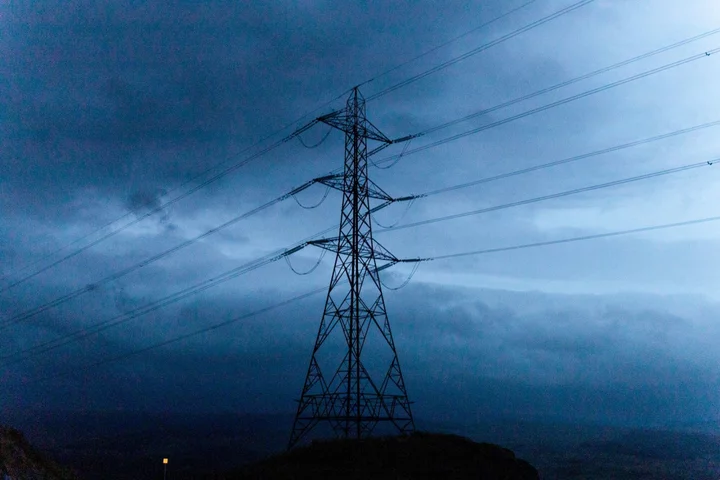
UK Needs to Build Eight-Hour Batteries to Balance Power Grid
The UK will need batteries that last four-times longer to balance supply and demand in a system that’s
2023-06-13 07:26

Tristan Tate: Andrew Tate’s brother’s 2016 MMA debut loss video goes viral, fans call him 'bigger Adin Ross'
Just like his brother Andrew Tate, Tristan also ventured into professional MMA in 2016
2023-05-29 15:51

Bolivian EV startup hopes tiny car will make it big in lithium-rich country
The municipality of La Paz, Bolivia, is using a small fleet of tiny electric cars to bring doctors to patients' homes living in the suburbs of the capital city
2023-05-14 22:53

iPhone 15 Pro: Apple reveals premium phone with brand new material and features
Apple has unveiled the new iPhone 15 Pro, with an entirely new material. The new device will be made out of titanium, and rely on a host of new manufacturing processes. Its new material and design allows it to be the lightest Pro phone Apple has made, and includes the thinnest edges around the display. As well as the titanium, the new phone has the toughest glass-based material in the industry and an aluminium structure inside the phone, with the two materials joined in a new way that should make the phone extra strong, Apple said. The glass is now much easier to replace, Apple said. :: Follow our coverage of the Apple event here. It comes in two sizes, 6.1-inches and 6.7-inches. And it comes in four new colours: black, white, blue and a natural titanium. The titanium itself is a “grade five” alloy, Apple said, the same material used on the Mars rover. The new material also brings a new look, with a brushed texture on the side of the phone. As well as the new material, the iPhone 15 Pro brings a new customisable “action button” on the side of the phone, and an improved “A17 Pro” chip inside it. The action button replaces the mute switch on the side of the phone, and does the same job by default. But it can be changed to start voice memos, open the camera – or to start complex processes, by using Apple’s Shortcuts app. The new chip has “next-level performance”, Apple said, with improvements including dramatically improved graphics performance. Apple claimed the device is a “new chapter in iPhone performance”, and it focused particularly on the gaming performance that the new chip will allow. The iPhone 15 Pro has “the equivalent of seven camera lenses”, Apple said, even though it retains the three visible lenses on the back of the phone. That is partly because the iPhone 15 Pro Max has a 5x optical zoom, by using the extra space in the bigger device as well as a “tetra prism” design that bounces light around in the phone. The new camera also has a new coating to reduce lens flare, and better performance in low light. Like the normal iPhone 15, it has a 48 megapixel camera but offers the option to merge that down into a 24 megapixel image, which Apple said should allow for better quality and high resolution images. Like its cheaper iPhone 15 sibling, the 15 Pro will also be the first phone to switch to a USB-C charging port to charge. In the Pro model, that allows for USB 3 speeds, Apple said. Read More Apple is changing the plug on the bottom of your iPhone Here is the iPhone 15 Apple to stop using leather in all new products
2023-09-13 02:20

Luigi's Mansion 2 HD Release Date
Here's when Luigi's Mansion 2 HD will come out.
2023-09-19 05:46

Key voices in the decades-long debate over affirmative action
By Joseph Ax, Sharon Bernstein and Gabriella Borter For decades, selective U.S. colleges and universities have considered, among
2023-06-29 22:54
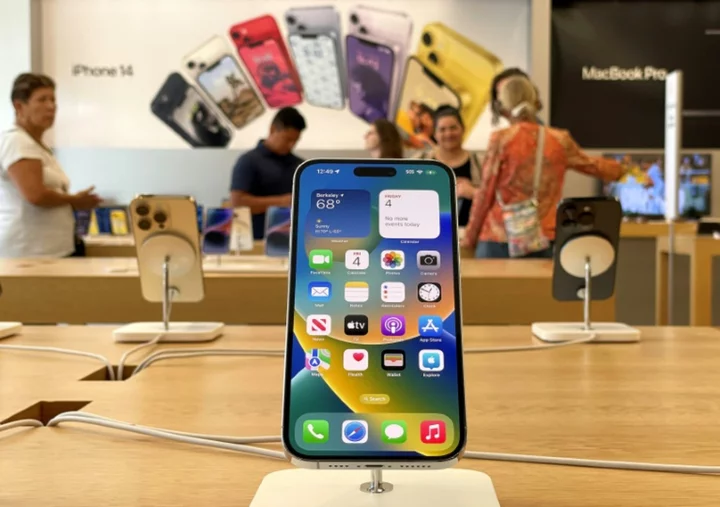
Bound by EU, new iPhone expected to adopt USB-C charger
Apple on Tuesday is expected to freshen its iPhone lineup, improving performance and switching to a universal charger set to become...
2023-09-12 15:23
You Might Like...
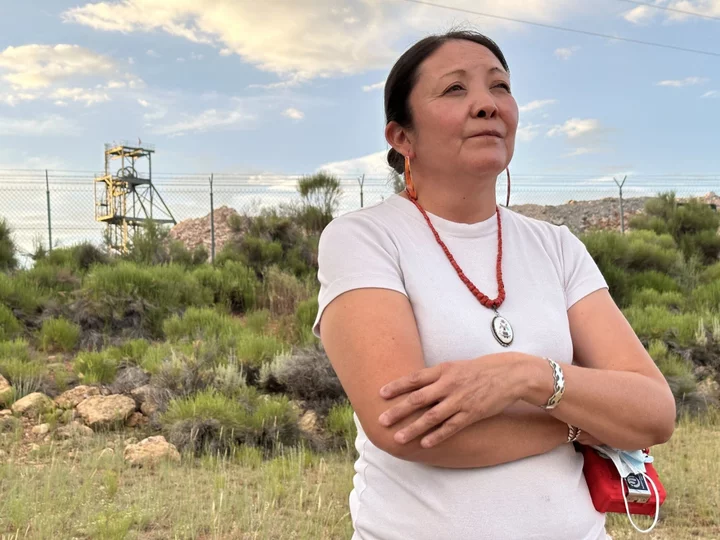
Uranium Hunters in US West Face Partial Ban, Pollution Concerns

Streamer Pokimane says OnlyFans-style platforms are ‘the future’ amid Twitch branded content backlash

TikTok Montana Ban Sows Chaos for Creators Who Vow to Quit
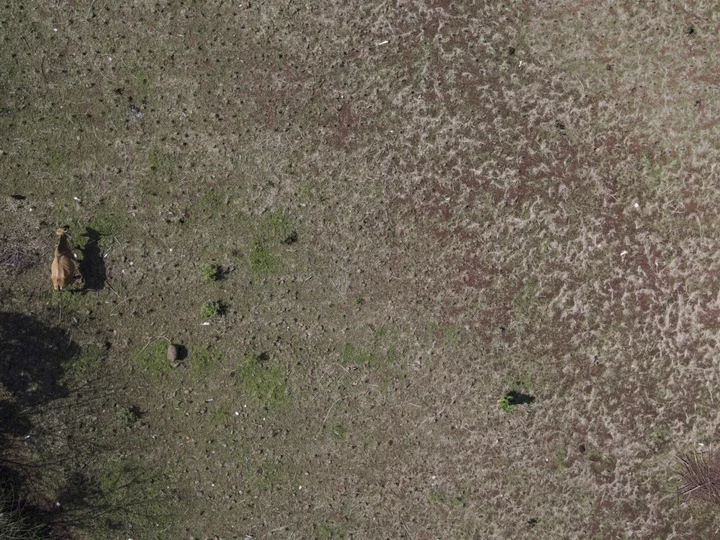
How Satellites Are Helping Farmers Adapt to Global Warming

Chinese rocket that hurtled into the Moon was carrying a ‘secret object’
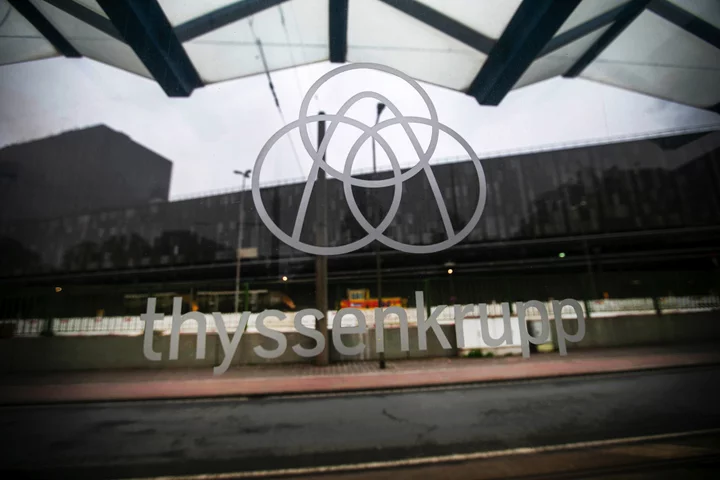
Thyssenkrupp Gets EU Approval for €2 Billion Green Steel Aid
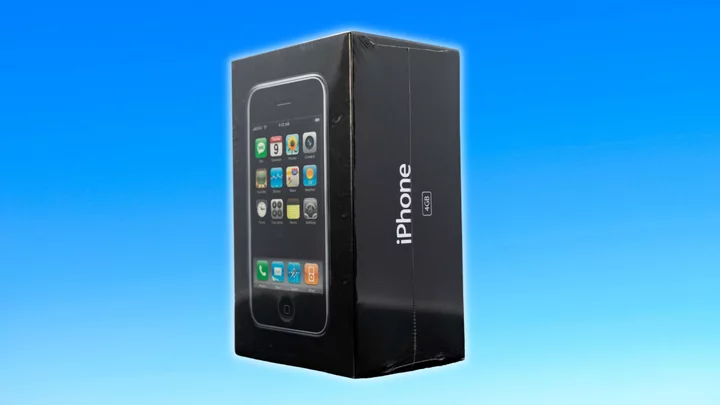
An unopened iPhone just sold for more than $190,000 at auction

When Does Warzone 2 Shadow Siege Event End?
